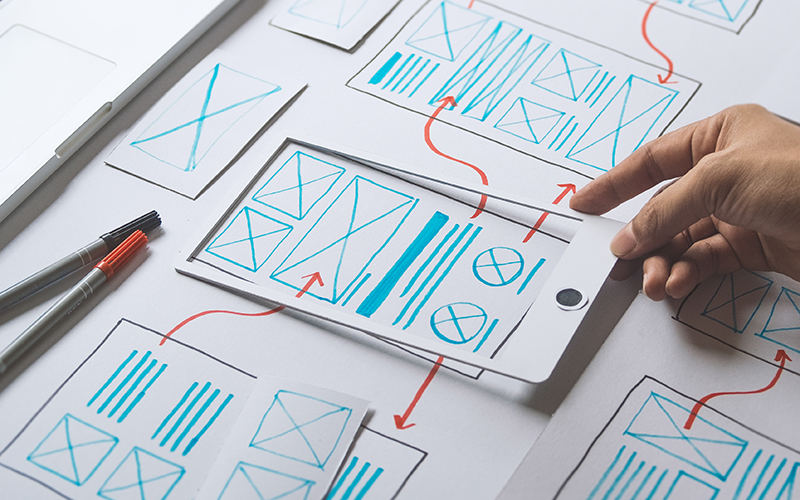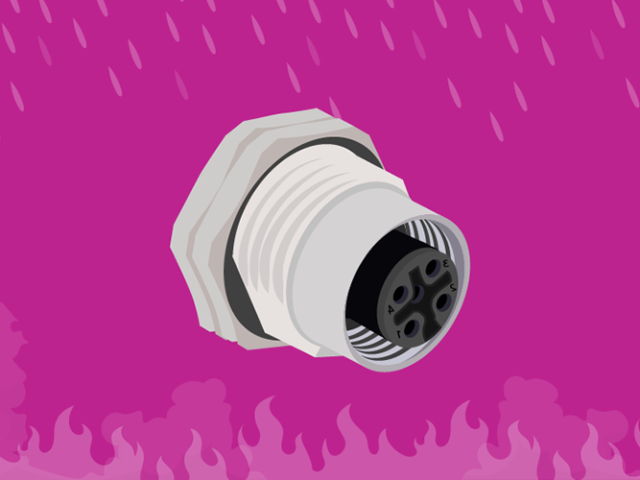In the previous article ‘What is UI and what does a UI designer do’, we distinguished between UI and UX. This article will focus on UX and UX designers.
Written by Yasir Alvi.
UX means user experience. It is a first-hand way of designing a product on digital devices (smartphones, coffee machines, websites assessed by computers, e.t.c.). Moreso, it’s a process of developing and improving the quality of interaction between the user and all facets of a company (its services and products).
Furthermore, user experience and UX apply to anything that can be experienced. It could be a website, a restaurant coffee machine, or the services rendered by a machine in a mall. Hence, UX refers to the human-computer interaction or simply the interaction between the user and a product or service.
Now, let’s take a look at the technical aspect of UX in the next section of this article.
What is a UX designer?
UX designers leverage a wide range of technical and workplace skills to bring successful products or services into the digital world and thereby making it easily assessable by users.
The UX designer’s objective is centred on how the experience makes the user feel, and the ease of task accomplishment by the user on his desired product or service. The UX designer also observes and conducts routine analyses to checkmate how the user completes tasks on their digital devices. The designer is concerned with the aspects of a product’s development, its design, its function, usability, branding, and its marketing.
A UX designer’s work touches the entire end-to-end activities of a user’s interaction with a product and includes identifying new opportunities for the product and business. Hence, UX designers perform widely different types of work, depending on the company and project.
Below is a brief outline of what UX Design entails
- UX design is the process of building and improving the quality of interaction between a user and, a company’s products and services.
- It is a non-digital practice but used by digital industries.
- User experience is not about visuals, rather it focuses on the overall user feel of the experience.
What makes a professional UX designer?
Digital user research
UX designers do research in areas such as the digital market outlook, and product/service. User research is an important component of UX design because research is key to understanding the user and their individual needs. The designer focuses on the behaviour, motivations, and needs of a customer to identify the opportunities that exist in a particular market for product solutions. Data collection, user interviews, and surveys are the major methods of user- research.
Persona building
In UX design user personas is another crucial phase of the design process. Based on user research findings, the UX designers construct representative personas. Each persona communicates a potential user’s demographic information, motivations, needs, and possibly a potential response.
Information architecture (IA)
IA describes how information is organised to communicate a clear purpose. It is the creation of a structure for digital devices, websites, and smartphones, which allows users to understand where they are about the product or service they want to/are interacting with.
Prototyping and high-fidelity design
Prototypes are trusted designs of the product, which can be employed for user testing before launching. These prototypes are created by UX designers to have a feel, look, and range of capabilities for the proposed final product.
User testing
Amongst the numerous ways of testing UX designs, User testing is a predominant method. It involves allowing users to interact with a prototype of the final design in other to analyse its accessibility, usability, and intuitiveness.
Tools a professional UX designer should use:
- UXtweak
- Feedier
- Overflow
- Balsamiq
- Adobe XD
- Figma
- Sketch
- Slack
- Zeplin




